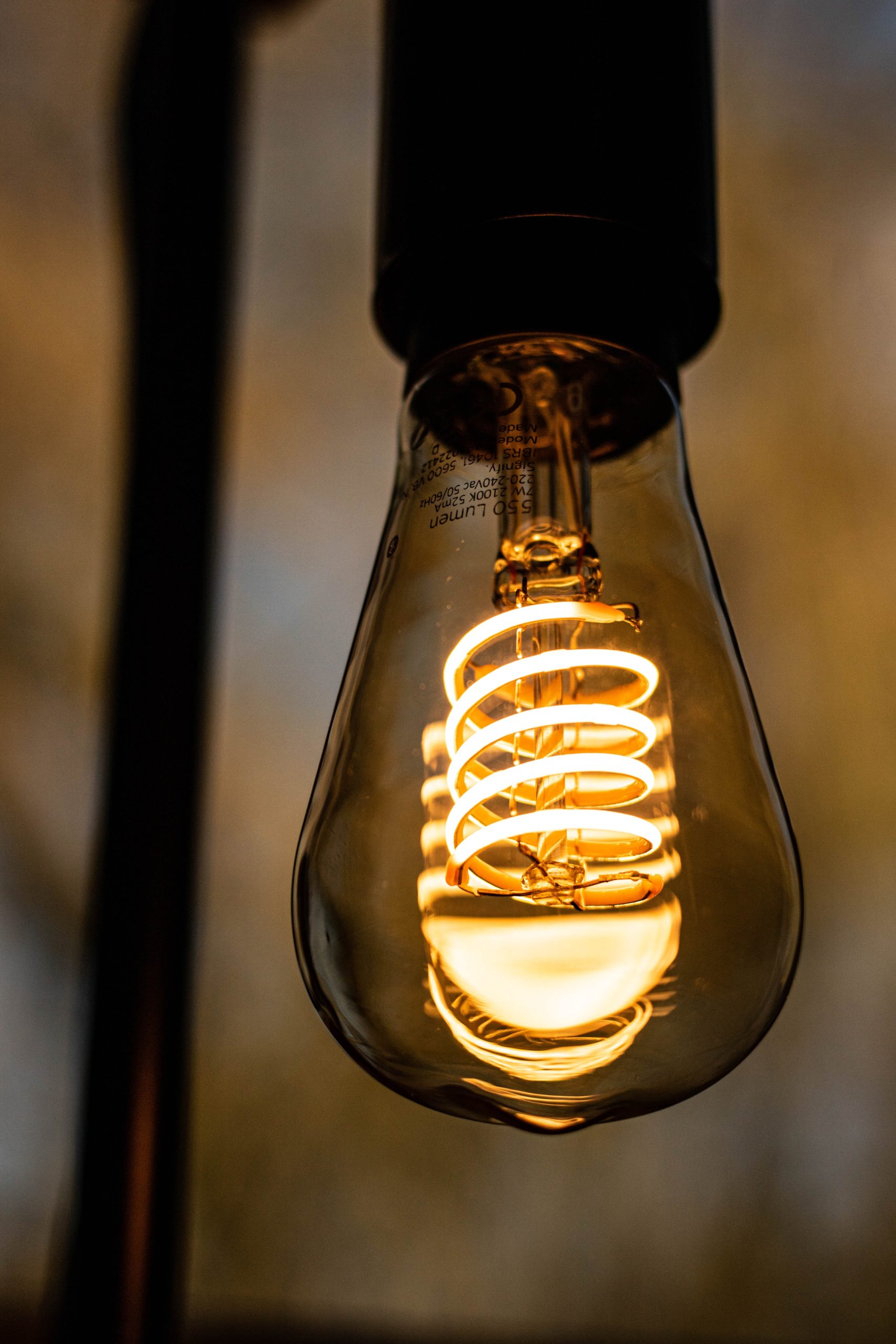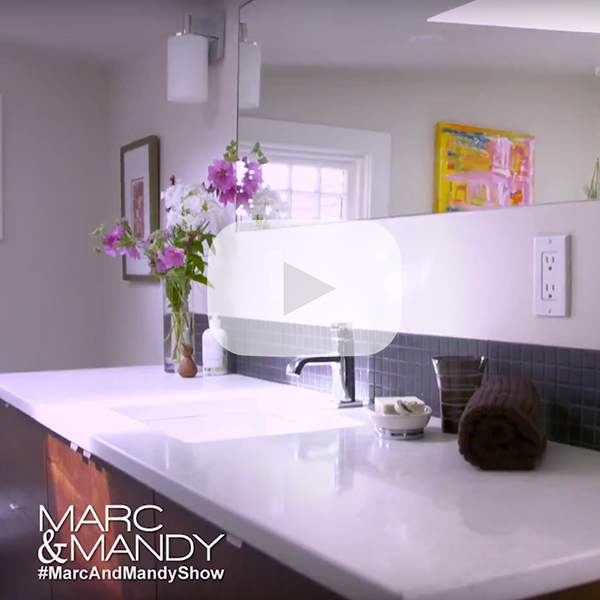Much of the lighting we see these days regardless of which layer we’re talking about comes with LED bulbs. I must confess I do like the incandescent light quality and the cool looking Edison bulbs better than an LED. But they are getting there with getting the light quality and the colour with all the different options that are available.
When you shop for LED bulbs the box will often mention 3 specifications:
- Lumens
- Kelvins
- Watts
For many people, it’s a bit confusing for sure. Until just recently I was one of those confused people, so let’s get into it.

1. Lumens
Lumens refer to the total output of light or the brightness of the bulb. The more lumens, the brighter the bulb.
The bulb brightness in your home will vary most likely so here’s some guidelines
- To replace a 100-watt incandescent bulb, look for a bulb that gives you about1600 lumens.
- Replace a 75W bulb with an LED bulb that gives you about 1100 lumens
- Replace a 60W bulb with an LED bulb that gives you about 800 lumens
- Replace a 40W bulb with an LED bulb that gives you about 450 lumens
2. Kelvins
Kelvins refer to the colour temperature of a light source. Or as I think about it, warmer = light is more yellow OR cooler = light is more blue on the spectrum. It’s a bit counterintuitive because the lower the number of Kelvins the warmer the quality of light is, and vice versa.
So basically, standard Kelvin values are as follows:
2700K is most similar to an incandescent lamp and is a warm, relaxing colour.
3000K is close to halogen lamps with a warm but crisper colour than 2700K. Considered ‘warm white’.
4000K is a cooler, whiter colour. It’s traditionally been used in offices, waiting areas and most commercial applications. This is usually called ‘cool white’.
6500K is a very cool white and best simulates natural daylight. Considered to help increase productivity when used in a work environment.
Cooler light produces more contrast so is better for visual tasks and warmer light is more flattering to skin tones so better for your selfie shots.
3. Watts
Watts are a measurement of power consumption, not how bright or what colour a bulb’s characteristics are.
With incandescent light bulbs typically the higher the wattage, the brighter the light. With LEDs this is somewhat different because there is no hard and fast rule to correlate wattage with light output.
An example of this is that one brand’s 9-Watt LED bulb may emit enough Lumens to replace a 60 Watt incandescent bulb but another brand may need to use a less efficient LED and it would need, say 12 Watts worth to create enough lumens to replace that same 60 Watt bulb.
Traditional fixtures had a maximum wattage rating so as not to create too much heat for safety reasons. Since LED do not create a substantial amount of heat we can replace them with a higher Lumens LED without concern for example a 75-Watt LED can be used in a traditional fixture designated for a 60 Watt incandescent bulb.
When shopping, you’ll often see a “Wattage Equivalent” of a LED bulb. This is a simple way of letting you know what level of output this bulb has at a glance and save you a deeper dive into the Lumen specification.
Overall, lumens should be your guide when measuring the total output of a particular light bulb. It comes down to this:
The greater the lumens the brighter the light.
The lower the number of Kelvins, the warmer the light.
One last note:
If you are replacing a traditional incandescent bulb in a traditional fixture with an LED, you may find that you also need to swap out your dimmer switch to an LED-compatible option, so you don’t get weird flickering or buzzing sounds.
For more information, check out our podcast All Things Renovation at www.AllThingsRenovation.com or click on the Podcast page at www.woodbeart.com. The second series of episodes focuses on kitchen renovations.
For photos of our work click on https://woodbeart.com/our-work


